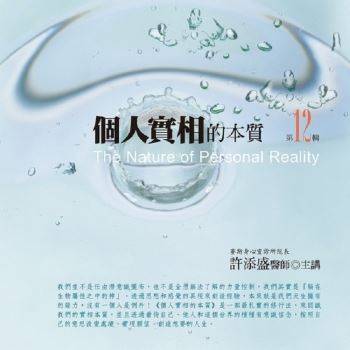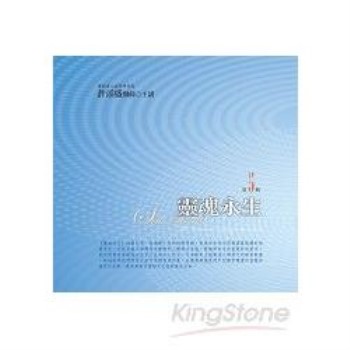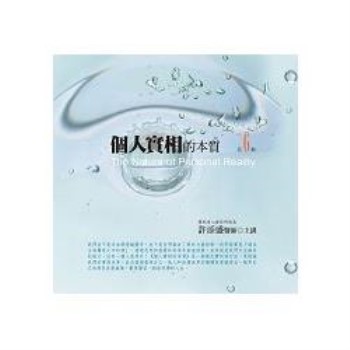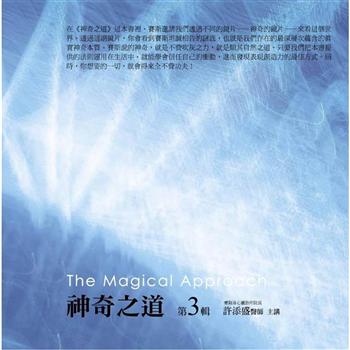At the beginning of the twentieth century, Hopi-Tewa potter Nampeyo revitalized Hopi pottery by creating a contemporary style inspired by prehistoric ceramics. Nampeyo (ca. 1860-1942) made clay pots at a time when her people had begun using manufactured vessels, and her skill helped convert pottery-making from a utilitarian process to an art form. The only potter known by name from that era, her work was unsigned and widely collected. Travel brochures on the Southwest featured her work, and in 1905 and 1907 she was a potter in residence at Grand Canyon National Park's Hopi House. This first biography of the influential artist is a meticulously researched account of Nampeyo's life and times. Barbara Kramer draws on historical documents and comments by family members not only to reconstruct Nampeyo's life but also to create a composite description of her pottery-making process, from gathering clay through coiling, painting, and firing. The book also depicts changes brought about on the Hopi reservation by outsiders and the response of American society to Native American arts.
| FindBook |
有 1 項符合
Nampeyo and Her Pottery的圖書 |
 |
Nampeyo and Her Pottery 作者:Kramer 出版社:University of Arizona Press 出版日期:2003-02-01 語言:英文 規格:平裝 / 224頁 / 25.7 x 17.8 x 1.5 cm / 普通級 |
| 圖書館借閱 |
| 國家圖書館 | 全國圖書書目資訊網 | 國立公共資訊圖書館 | 電子書服務平台 | MetaCat 跨館整合查詢 |
| 臺北市立圖書館 | 新北市立圖書館 | 基隆市公共圖書館 | 桃園市立圖書館 | 新竹縣公共圖書館 |
| 苗栗縣立圖書館 | 臺中市立圖書館 | 彰化縣公共圖書館 | 南投縣文化局 | 雲林縣公共圖書館 |
| 嘉義縣圖書館 | 臺南市立圖書館 | 高雄市立圖書館 | 屏東縣公共圖書館 | 宜蘭縣公共圖書館 |
| 花蓮縣文化局 | 臺東縣文化處 |
|
|
圖書介紹 - 資料來源:博客來 評分:
圖書名稱:Nampeyo and Her Pottery
|











